So you’re planning for the trip of a lifetime to see Japan in the Spring? So are millions of others, my friend, so let me start with the tip I always give to first-time visitors to Japan. Check off the major items on your Tokyo and Kyoto bucket lists, then hurry out of those cities. Escape to lesser-visited cities and regions of Japan that are equally as amazing, or even more so. You don’t even have to go that far to see a side of Japan that 90% of overseas tourists never bother to visit.
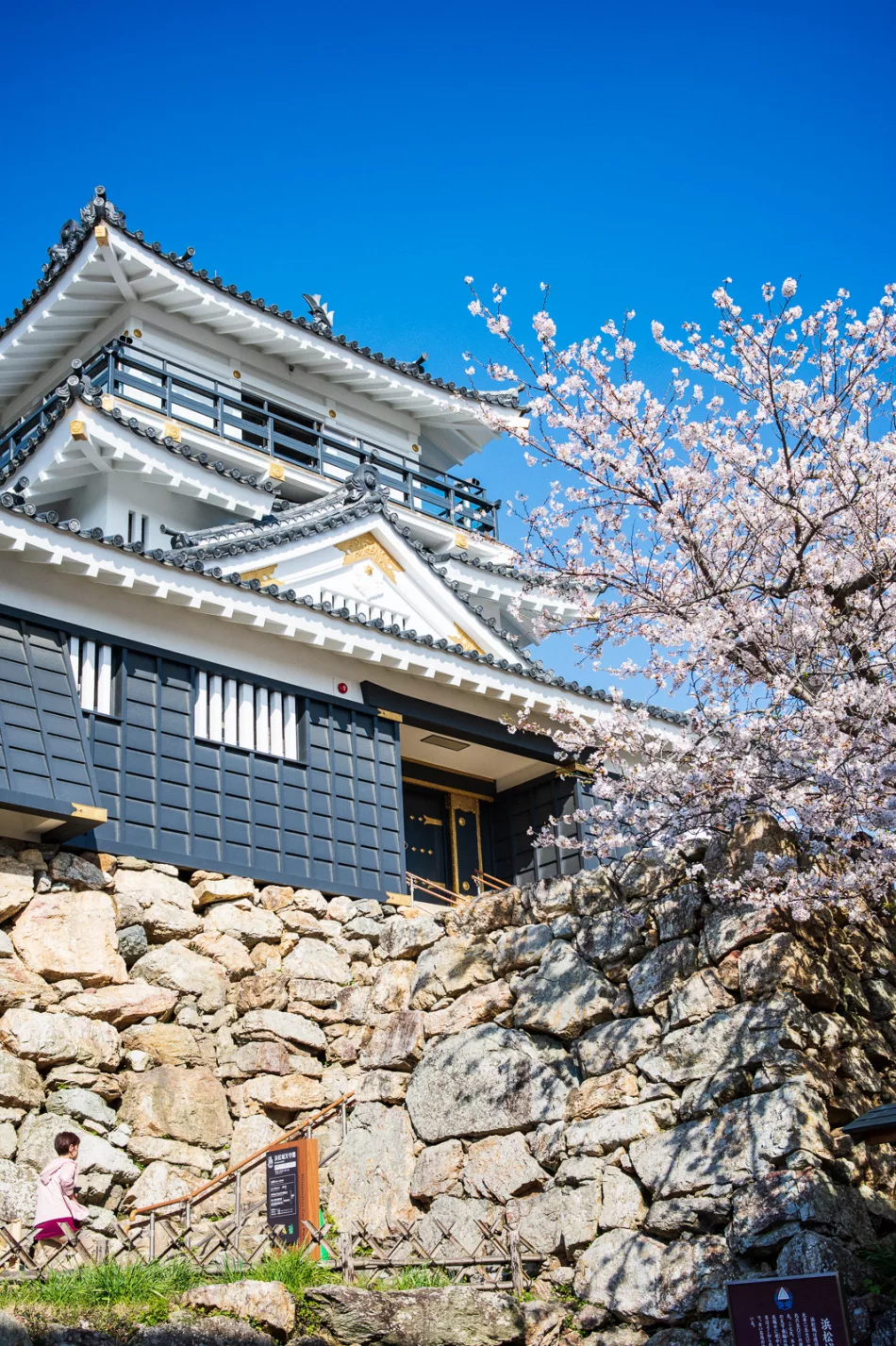
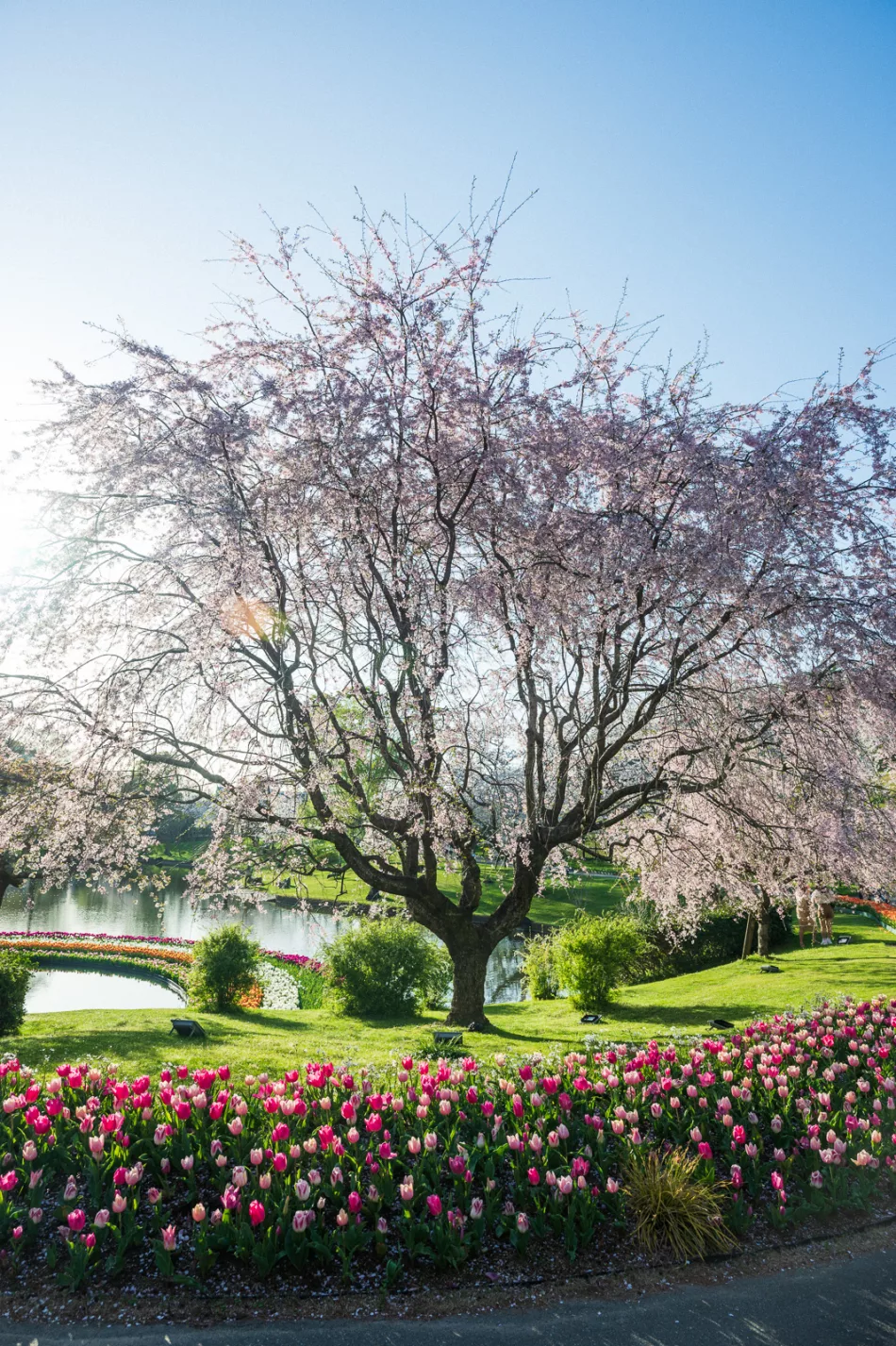
But first, what do you even bring on a Spring trip to Japan? What’s the weather like? What are you going to have a hard time finding in stores? What about the basics? Don’t stress yourself; it’s much easier than you think. I’ve divided this article into two major sections: what you should pack to bring to Japan in the Spring and what you can buy once you arrive.
What to Pack for a Trip to Japan in the Spring
Here are three items I would personally not leave my home country without:
OTC Allergy Medications

If you suffer from hay fever as I do, a Spring trip to Japan is going to feel a lot more like hell than heaven if you forget your meds. You can thank America for that.
After Japan was leveled by Allied bombing during WW2, Japan needed a lot of raw materials to rebuild, especially lumber. Slow-growth forests were cut down and replanted with fast-growing sugi (Japanese cedar) trees to be milled for lumber. Unfortunately, cedar produces significant levels of pollen, which many people are allergic to, so much so that pollen forecasts are as much a part of the Spring weather forecast in Japan as temperature and precipitation.
While you may find counterparts to Claritin and Allegra at a Japanese drugstore, the names and information will all be written in Japanese, so locating them may be challenging. They are also expensive compared to what you would pay in America. If you forget to pack medication and need something local, go to a drugstore and tell the clerk you need kafunsho no kusuri (花粉症の薬 , hay fever medicine).
It goes without saying that you should only bring as much as you and your family need for your trip, and don’t come into Japan looking like a hay fever drug mule.
Comfortable Shoes
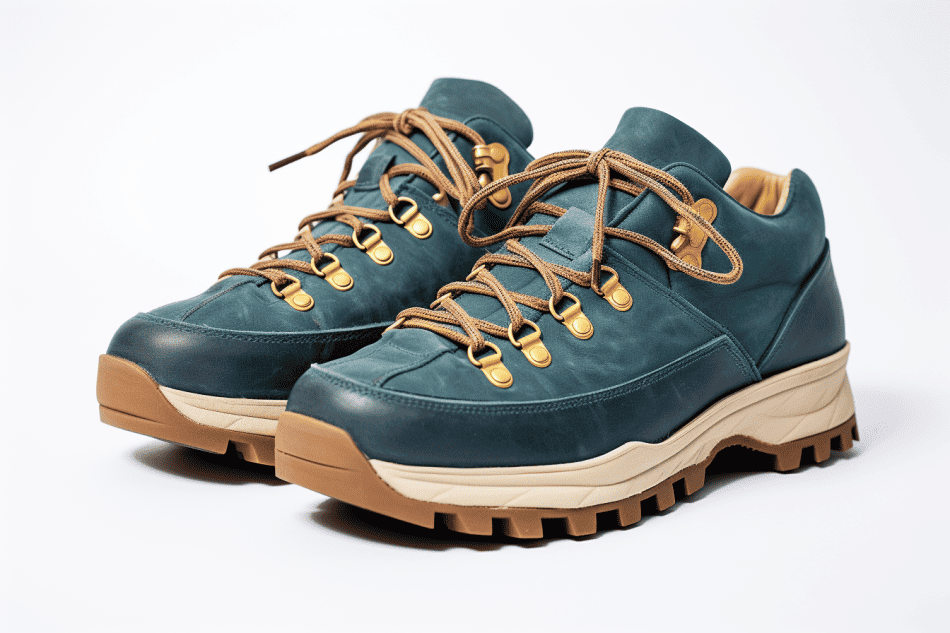
Spring is a great season for hiking or just plain walking. You’ll walk surprisingly long distances in Japan. Even in big cities like Tokyo, Osaka, and Kyoto, walking combined with transportation is usually the most convenient way to get around. 8 to 10 kilometers (that’s 5 or 6 miles translated to American) is about average for a day of sightseeing in the cities and on some days, you’ll do far more. Even if you’re not adding up steps, you’ll spend a lot of time standing around because it can be challenging to find a place to sit too.
So bring a good pair of walking shoes, maybe more than one, especially if you plan to leave the pavement and explore some nature. Boots might be too bulky and heavy to pack, so trail runners or similar-sized shoes are suitable for off-roading. Comfortable walkers or runners are acceptable for the cities. I also use a good insert like those made by Superfeet, which have done wonders for me, especially on those long walk days.
Clothing You Can Layer
What’s the weather like in Japan in the Spring? Well, it depends. I know it sounds like a cop-out, but weather patterns in recent years are incredibly unpredictable and temperatures can vary up to 20 degrees C in a single day. This is especially true in early Spring when it feels like a tug of war between the forces of Winter and Spring with alternating cold and warm winds from the north and south (which also wreak havoc with your hay fever).
The best solution is to wear your clothing in layers so you can add and subtract as needed. Fortunately, modern textiles make it easy for you to bring a large number of layer-able items while still keeping your luggage reasonably light.
Start with warm undergarments, my favorite being Uniqlo’s Heattech series, which you can easily buy in Japan if you don’t have any to bring. They tend to disappear from most Uniqlo shops around May, replaced with Airism series undergarments, their summer opposite, but you can still find them at Uniqlo flagship locations.
Next, cotton shirts and pants, including khakis or jeans, are versatile items, with lighter wool or synthetic fiber pullovers like sweaters or hoodies. And finally, light waterproof outerwear is an excellent finishing touch since it will protect you from an unexpected downpour, and it can be stored easily in a bag or backpack when not needed.
Depending on your size requirements, these garments can range from easy-to-find to damn-near-impossible-to-find at major chains like Uniqlo and Muji, so take heed when packing for your trip.
What to Buy in Japan for a Spring Trip
And now, for those who love to shop, we get to the fun part of the list. These are items you should carry with you in Japan in the Spring but are better (or more fun) to purchase in Japan.
Compact Umbrellas
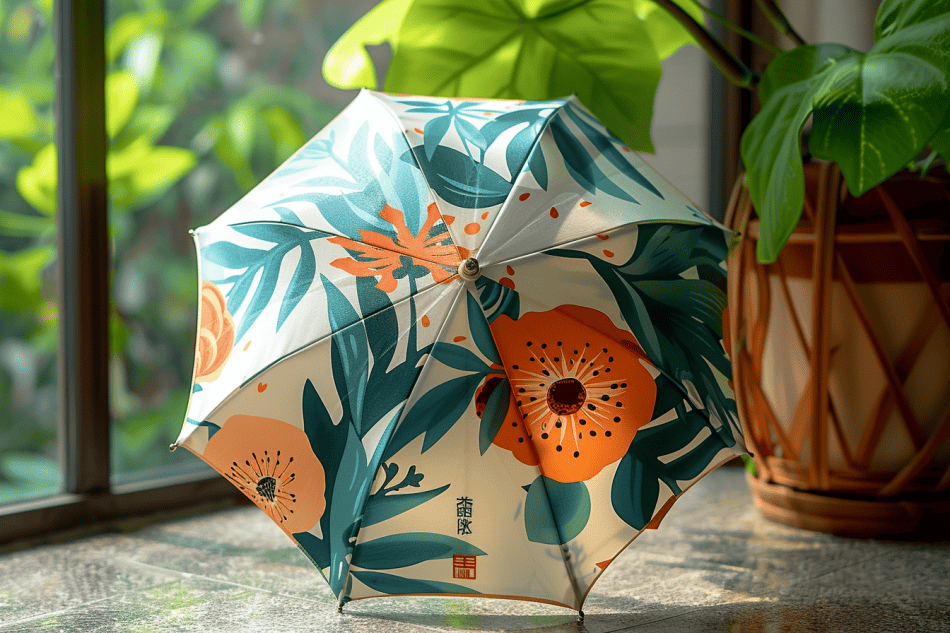
As we noted, Spring weather is finicky in Japan and can change several times throughout the day. Japan is also one of the rainiest countries in the world, although, in most parts of Japan, the rain doesn’t last more than a few hours at a time. The Sea of Japan side of the country is the rainy side of Japan, so cities like Kanazawa can feel like home for visitors from Seattle or Glasgow.
Most Japanese carry an umbrella during these times, but you may not notice them because they are so compact. The Japanese have perfected the art of making compact umbrellas, so you can find them in various colors, sizes, and build qualities. You can spend a few hundred yen at Daiso or other discount shops for a throwaway model or many thousands for a typhoon-resistant model with extra UV protection and carbon fiber ribs.
Design-wise, there are endless colors and patterns to discover, some with traditional Japanese designs and others collaborating with Nintendo or anime companies to include their characters. And because it rains almost everywhere (except in Southern California, where it pours, man, it pours), compact umbrellas make great souvenirs to bring to loved ones back home.
Hand Towels (Tenugui)
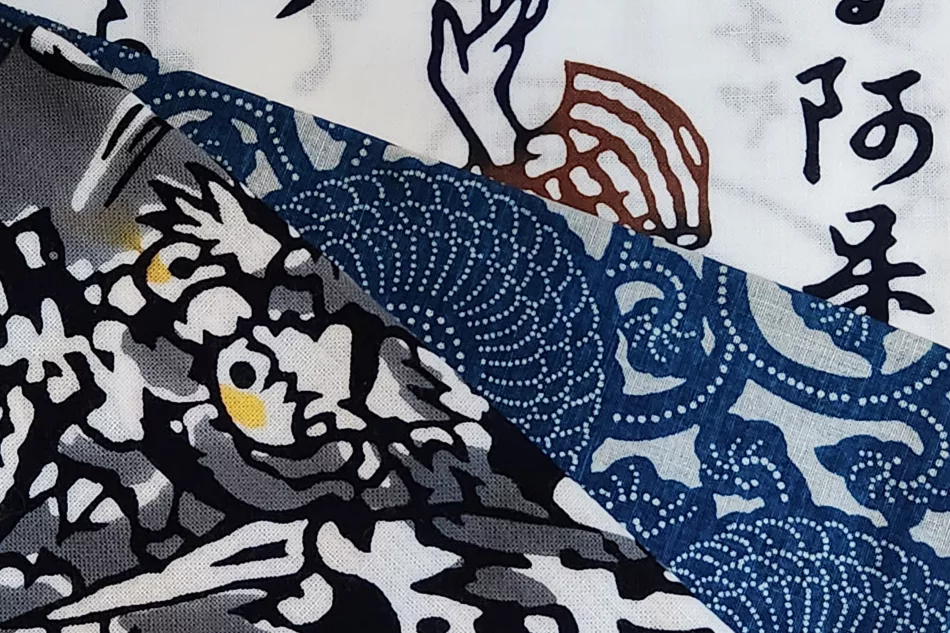
It’s said that one of the most advanced recycling cultures in the world existed in Japan’s Edo Period, and hand towels, known as tenugui 手ぬぐい , are part of the heritage from those times. In many restrooms, you won’t find paper products to wipe your hands after washing them, and you may not enjoy having other people’s germs being blasted in your face by those ungodly air dryers either. Thank the Lord for the humble tenugui, still a significant part of Japanese culture.
Although most people use them as hand towels, tenugui can serve all sorts of purposes, from wrapping small objects to carry to keeping the sweat out of your eyes as a headband. But the best part about tenugui, in my opinion, is the vastness of the designs. Beyond traditional and modern designs, almost every place that can remotely call itself an attraction has its own tenugui design. Some are beautiful enough to use as wall decorations (and there are hangers made for the purpose of displaying them). But since they are everywhere and usually very inexpensive, you can buy as many as you like, some to use as hand towels, some to display, and others to give as gifts to people with sweaty hands without explicitly telling them they have sweaty hands.
Water Bottles
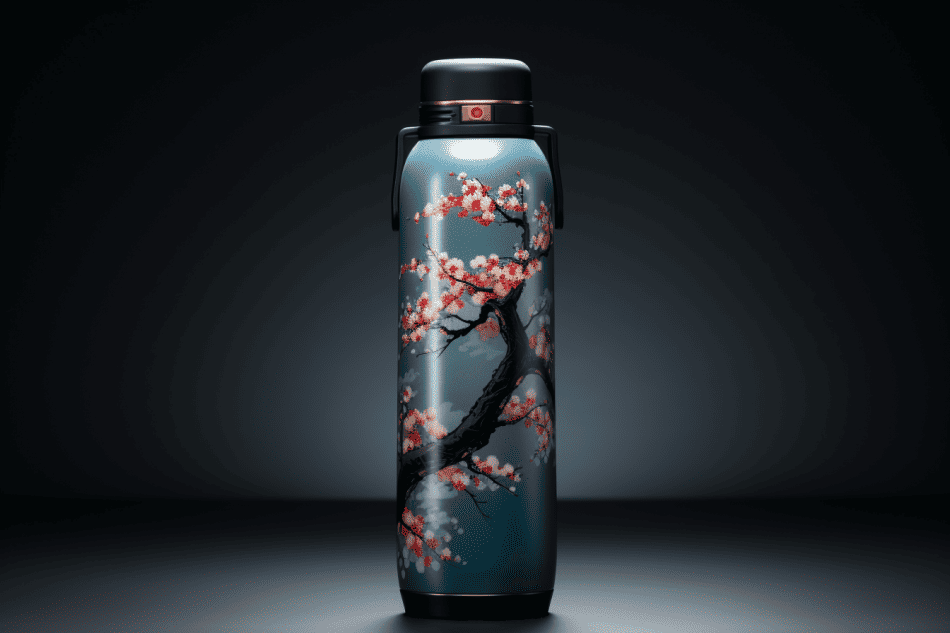
I know the enticement of buying drinks out of vending machines; I live with that temptation every day. But it’s bad – bad for the environment and bad for your wallet or IC card balance. You probably won’t keep track of how many PET bottle drinks you consume in Japan and you’d probably be embarrassed if you did. In 2019, an estimated 22.7 billion PET bottle products were shipped in Japan, and although recycling rates are high, there are still billions of PET bottles ending up as litter every year.
Stepping off my soapbox, Japanese water bottles, like compact umbrellas and tenugui hand towels, are just cool. They have cool patterns and come in all sorts of shapes and sizes. I once found one that holds 120 ml of liquid, about a third of a can of soda. I am still trying to figure out what that is for. Thermal types keep your drinks cold or hot for eternity (my lawyer insists that I tell you this is hyperbole). So, beyond the environmental impact benefits of having a reusable water bottle, they are just super awesome to buy in Japan. I bought a plain one in my favorite color, which I now use to display my growing sticker collection.
But where can you fill them up? Thanks to the efforts of my friend Robin Lewis and his MyMizu app, many places around Japan now exist. Keep in mind that tap water in Japan is among the best in the world thanks to the abundance of fresh springs running underground here. If you need a little flavor, a squeeze of citrus or a powdered packet of Aquarius or Pocari Sweat (Japanese equivalents of Gatorade) will do you.
Now that you know how to pack for a Spring trip to Japan, take a deep breath and dive into that itinerary planning. If you need some advice on some off-the-beaten path places to visit for Spring cherry blossoms, I’ve got some for you too. And if your trip is somewhere between Spring and Summer so you’re not sure what to pack, I’ve got you covered there too.
